Carmenere is a red grape variety which is used to produce a high quality wine. It originates from France and is often mistaken for Merlot. Besides there it is grown in Chile, Italy and the US (California). The variety is also known as carmenelle, carméneyre, cabernelle, bouton blanc, vidure.
Carmenere has light green leaves of medium size. The grape clusters are small to medium, characterized by a cylindrical or conical shape. The grapes are neither small, nor large. They are round, dark blue colored. The flesh is juicy and has an unobtrusive grassy aftertaste. The fruits of Carmenere are used to make dark red grape elixirs with a fruity scent. Carmenere combines excellently with other varieties.
The fruits and leaves of Carmenere and Merlot look nearly identical. However, a winegrower's experienced eye will quickly pick out the small differences between the 2. For example, the leaves of Merlot are a little longer in the middle while they are still young and are also whitish on the bottom. In Carmenere, this part of the leaf is reddish.
A more significant difference between the varieties, however, is the time when they ripen. For Carmenere, the harvest takes place 3 weeks later, making its blending with Merlot infeasible. If a mellow Merlot is obtained and mixed with Carmenere, the resulting wine will have green nuances. And if winegrowers were to wait for Carmenere to ripen, there is no way not to taste the overripe Merlot in the blend.
History of Carmenere
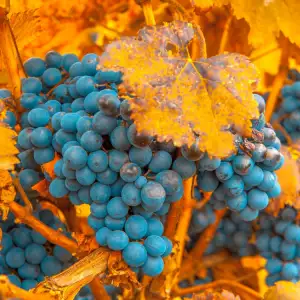
The Carmenere variety has a curious history. It is accepted that it comes from Bordeaux, France and is related to Merlot. Even so, the vineyards in France and Italy have drastically decreased in recent times. At the same time, the variety is used in blends but not in pure form. And even if it is not particularly prized in its own homeland, this variety finds recognition abroad.
During the 2nd half of the 19th century, the Merlot plantations in Chile were destroyed and winegrowers were forced to import vines from Europe. In this way, without too much noise, Carmenere was taken from France to Chile. Of course this did not happen without good reason. The truth is that both varieties look very similar and were simply mixed up. But what's even more fascinating is that the Chileans themselves had no idea about what had happened and were fooled into believing that they were growing Merlot almost until the end of the 20th century.
The truth was brought to light in 1993 when experts positively identified Carmenere vines among the plantations in Chile. Then it became evident that more than half of the production thought to be Merlot was in fact Carmenere. This in turn explained why not all wines from Chilean Merlot had the same taste. But no matter how similar Merlot and Carmenere look on the outside, they do differ in taste.
Characteristics of Carmenere
The wines produced from the Carmenere variety can impress any palate. First they hypnotize with their saturated red color. These grape elixirs are mellow and fill the mouth with ripe tannins. Carmenere wines are distinguished by a sustainable acidity which undoubtedly has a freshening effect. The aroma they carry is especially enticing.
It is reminiscent of fruits such as red plum, blueberry and sweet spices. Some manufacturers add a chocolate aroma or nuances of spices like black pepper. Upon taking a sip, one may taste cinnamon, paprika or soya sauce. It is also possible to pick up on hints of tobacco and graphite. Characteristic of Carmenere drinks are herbal tones, the sensation of smoked meat, green leaves and celery.
Serving Carmenere
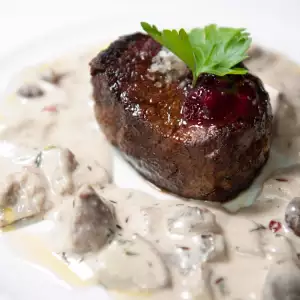
To make the event of serving Carmenere even more memorable, take into consideration some of the wine's characteristics. Consider the temperature of the beverage. The wine should be cooled but not too much - the best temperature is about 60°F (17°C). If the wine is aged you can go a little over this mark, while if it is younger, you can go below it. In order to reveal the positive qualities of the wine at their finest, pick out special glasses for serving.
The ideal way to showcase it is to use a set of classic red wine glasses. They are suitable for different types of red wine, so even if you buy them especially for Carmenere, your purchase will be a wise one because you will be able to use them for its counterparts. The distinct thing about this type of glass is that it is broad at its bowl bottom and then rapidly narrows toward the stem. The narrowing happens gradually toward the top. When pouring in Carmenere, do not fill the glass all the way, only partially.
As we all know, quality drinks go terrific with delicious food. This rule fully applies to Carmenere as well. The wine complements several types of food very well. The combination between Carmenere and well-prepared meats is supreme, regardless if we're talking about veal, beef or pork. Don't have any qualms about combining this red wine with dishes such as veal with cream, veal with vegetables and sour grapes in a clay pot or veal with eggplant sauce. Other appetizing additions can be pork steaks with peppers, pork chops with feta cheese, pork with leeks and dock or pork fillet with pickles and onions. The wine is also suitable for pasta with soya sauce.
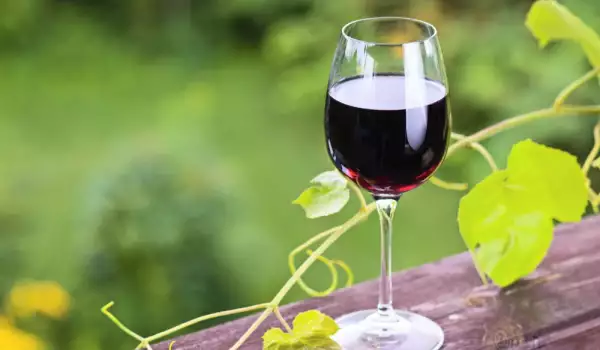
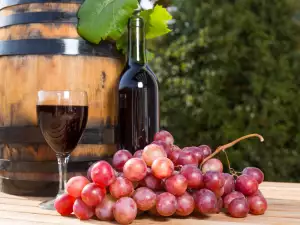
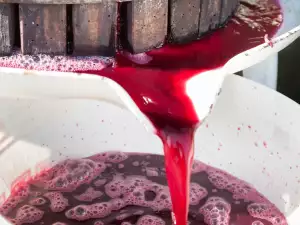


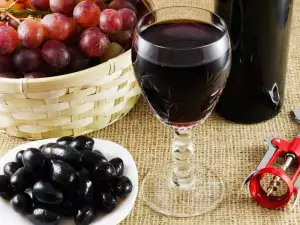
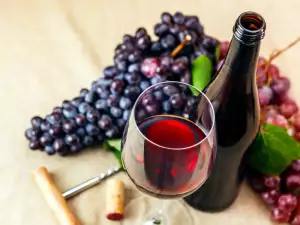


Comments